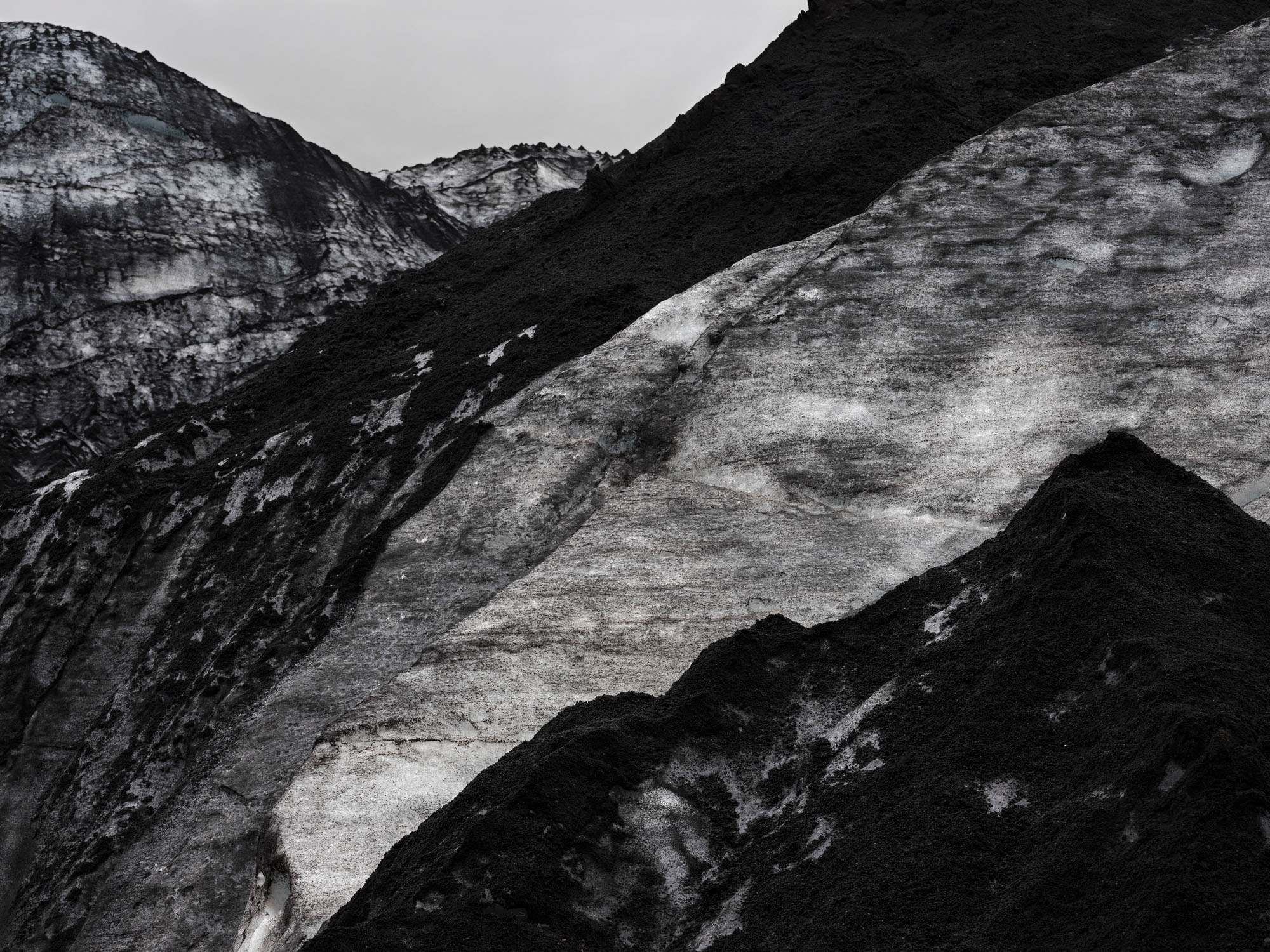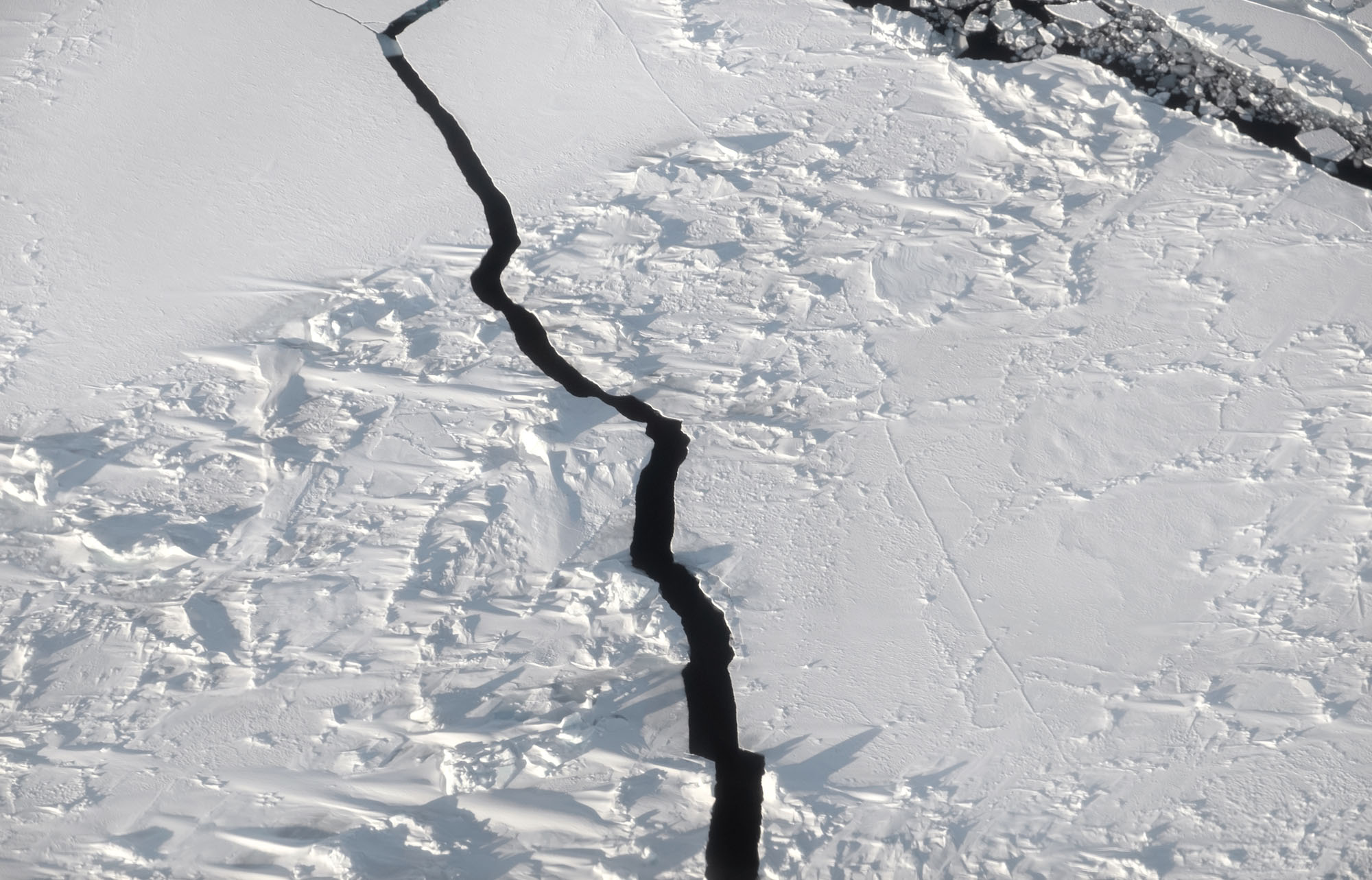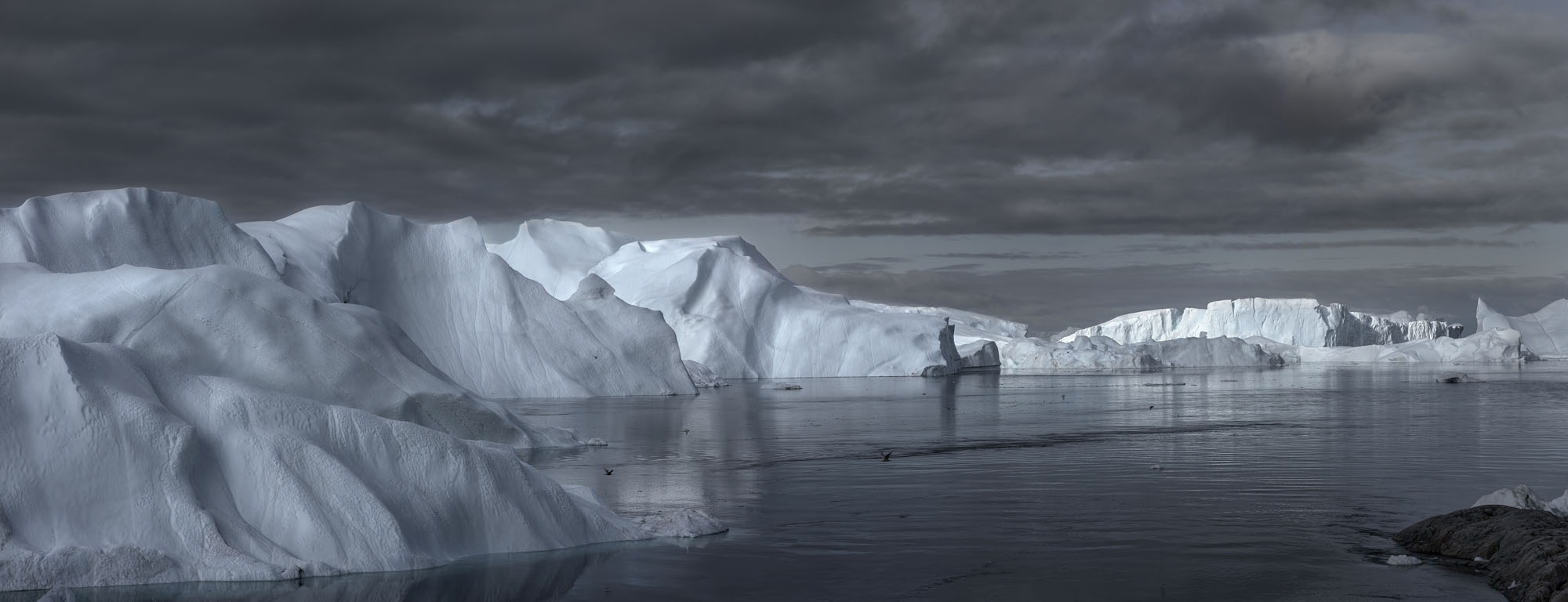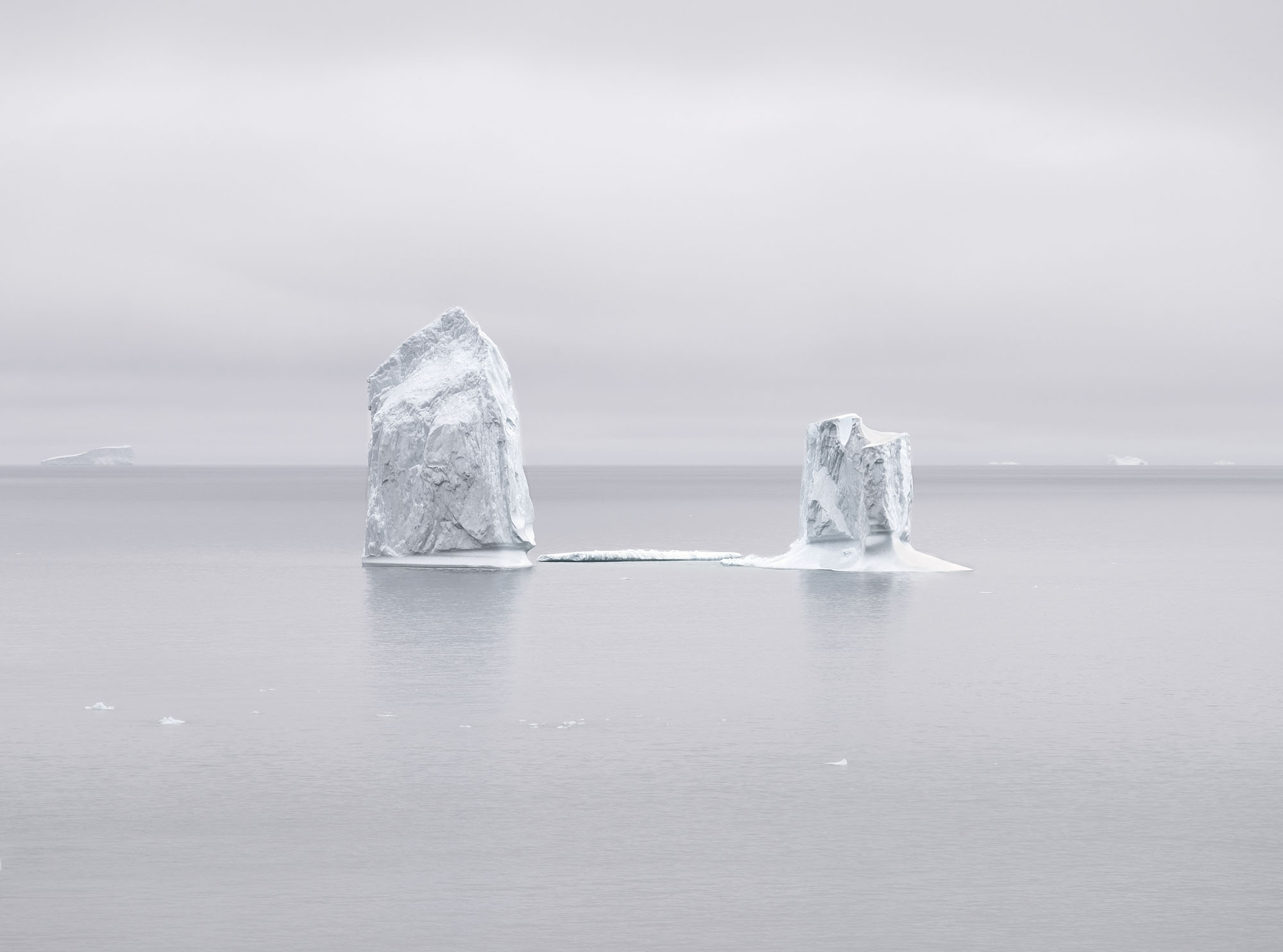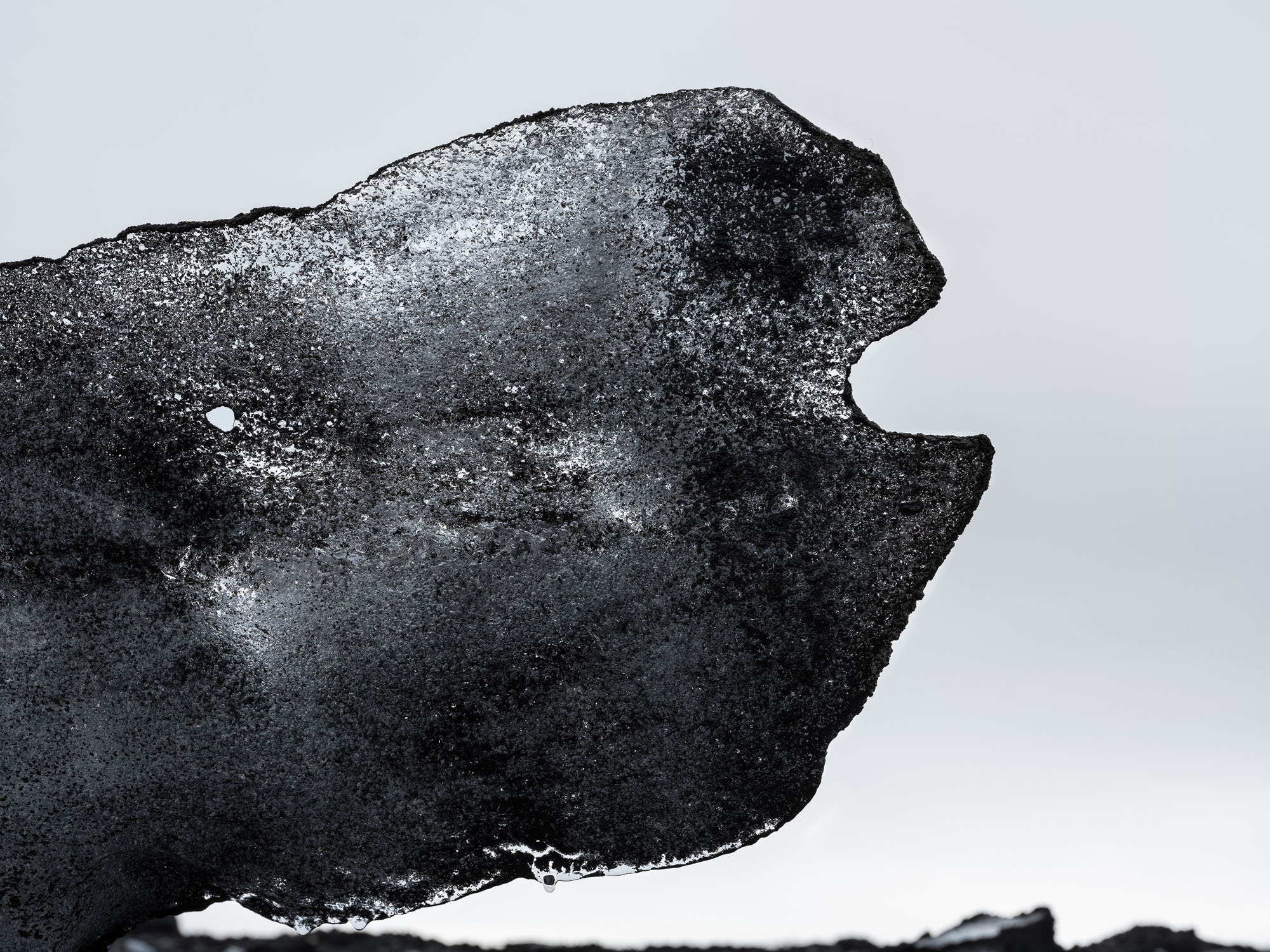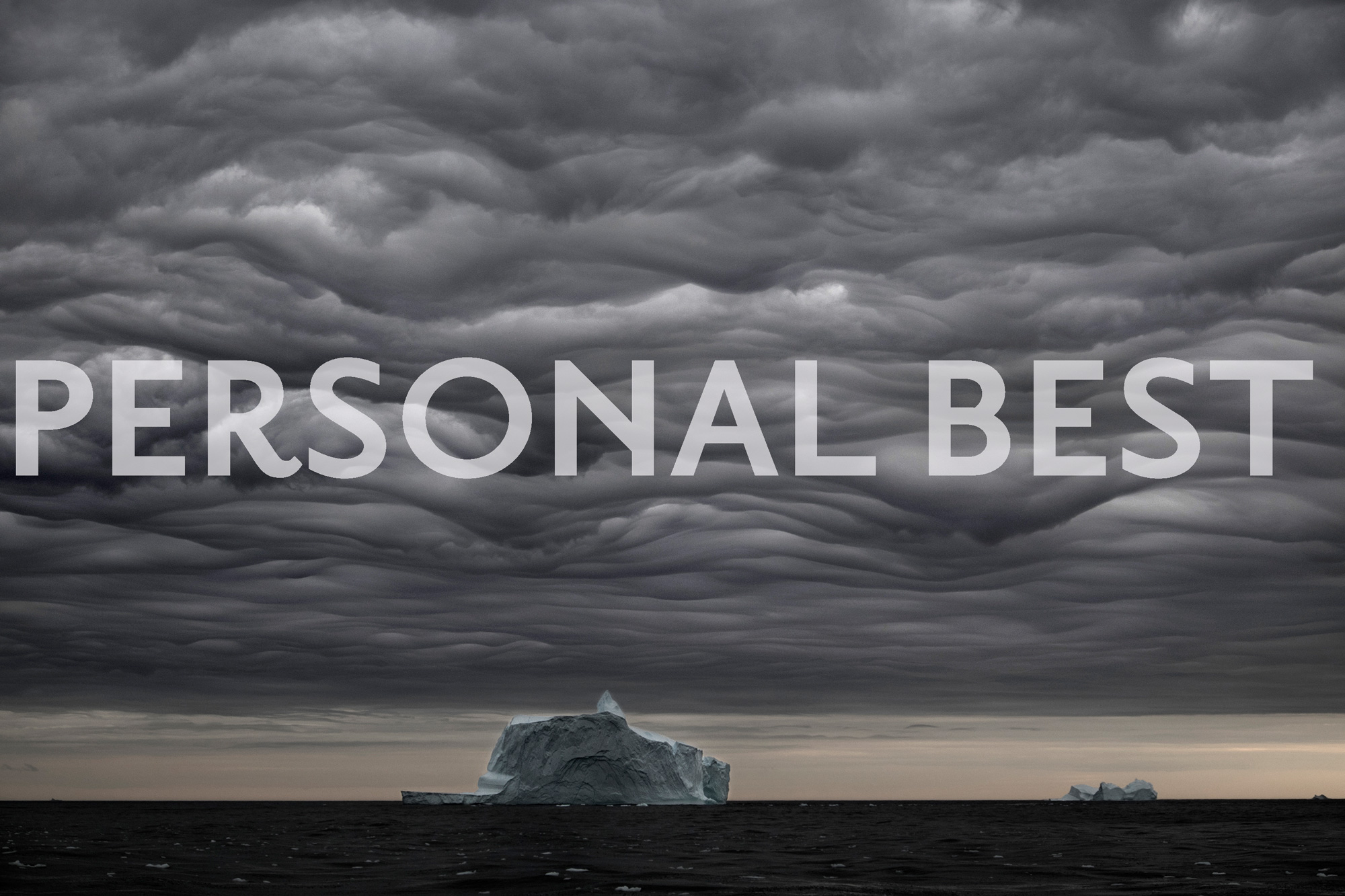
Fernando Moleres
Bilbao 1963. For more than 25 years I have photographed current affairs related to human rights. Some of these stories, such as child labor exploitation or minors in jail that should be abolished or, at the very least, persecuted. Documental photography is, for me, a life-affirming attitude, a tool that lets me approach situations that captivate me, preoccupy me, and make me want to participate. Moreover, as photographer. I work and delve into subjects that transcend present time, but intrigue me for their experience and expose me to other types of lives. Being a freelancer lets me work on personal projects over a long period of time. My photo stories/archive are distributed by photography agencies—Panos and Laif.
Prizes & Grants
- -Tim Hetherington Grant 2012. World Press Photo and Human Watch Rights
- – Lucie Awards 2012, Deeper Perspective Award. Los Angeles, USA.
- – Moving Walls 2012, “Juvenile in prison. Sierra Leone”.
- – World Press Photo 2011, ” Juvenile in prison, Sierra Leone”, Daily life series.
- – POY. Picture of the Year 2011. World Understanding Award. USA
- – 8th Festival Images. Leica Prize. Vevey. Switzerland 2011.
- – Finalist W. Eugene Smith Grant. N.Y.C USA 2011.
- – Luis Valtuena International prize 2010, Spain.
- – World Press Photo 2002 , Burning Man in Art , series.
- – W. Eugene Smith Grant 1999 ( 2* prize) . New York.
- – World Press Photo 1998. ” Child labour” in Daily life series.
- – Erna and Victor Hasselblad Foundation Grant. Sweden 1996.
- – International Prize Juan Carlos King of Spain. Spain 1995.
- – Mother Jones Grant. Los Angeles, USA 1994.
Books
- – Child Labour, Published by: Peliti (ITA), Braus (GER), Acte Sud (FRA), Lunwerg (ESP). International edition by OIT
- – Uomini Di Dio (ITA),
- – Images de la Foi ( FRA),
- – Lives of Devotion (USA &CAN) Published by Rizzoli International,
- – Hombres de Dios Published by La Esfera (ESP)
Exhibitions
- – Moving Walls 2013. New York City and Washington
- – Festival Images . Vevey Switzerland. Sept. 2012. Juvenile in prisons, S. Leone
- – IVAM (Art Modem Museum ) May 2012. Juvenile in prisons, S. Leone
- – The Saatchi Gallery, London( feb-2012) collective, Child labour
- – The Sunday Times Magazine 50th Anniversary Photography Exhibition
- – FotoEvidence Gallery, NYC, Oct 2011. Juvenile in prisons. Sierra Leone
- – Newseum, Washington April 2011. Juvenile in prisons. Sierra Leone
- – Visa pour l’image. France. Sept. 2011, Juvenile in prisons, Sierra Leone
- – Expo Photo Month Krakow Poland. June 2008 ,Child labour
- – Fundación Telefónica- Ayto Lima. Peru. May 2008, Child labour
- – Caja Canarias, Tenerife, Febr. 2008. Exodus in Rwanda 1996
- – Side Gallery Newcastle-England Oct-Nov 2005, Child labour
- – Dunkers Kulturhus, Helsinborg Sweden January-Marz 2005, Child labour
- – Noordelicht Photofestival, Holland 2003, Child labour
- – Gallery Dupon, Paris. May-2003. Ethiopian Christians
- – Museum of Pilgrimage, S. Compostela, Spain. 2002, Ethiopian Christians
- – Photo festival de Honfleur. Francia. Mayo 2001. Child labour
Gears:
- FUJIFILM GFX 50S
- GF120mmF4 R LM OIS WR Macro
- FUJIFILM X-T1
- XF16-55mmF2.8 R LM WR
- XF18-55mmF2.8-4 R LM OIS
- XF18-135mmF3.5-5.6 R LM OIS WR
- XF50-140mmF2.8 R LM OIS WR
For more than 25 years, I have photographed current events related to human rights. Some of these stories, such as child labor exploitation or minors in jail, deliver unquestionable evidence of situations that should be resolved. Nowadays I am focused on climate change.
Documentary photography is, for me, a life-affirming attitude, a tool that lets me approach situations that captivate me, concern me, and encourage me to take part. Being a freelancer lets me work on personal projects over a long period of time.
This photo was taken during my first trip to Greenland. I was in Qequertarsuaq Harbor, waiting for the boat back, and I saw this spectacle of clouds folded against the mountains of the island. I quickly grabbed my camera and went to the other side of the village to photograph the sky with the icebergs at DiskoBay
From August 2015 until September 2017, I made several trips to Greenland and Iceland to photograph the places most vulnerable to the effects of a warming planet. My goal is both to make a statement about climate change and to capture the aesthetic beauty of these monochromatic landscapes, to show the harshness and, at the same time, the fragility of the Arctic.
I didn’t want to emphasize colors or size. My intention was to reduce the context radically, to the point that it erases any visual reference and creates empty spaces. The witnesses and the emptiness work as a symbol of a place that could disappear.
Sled dogs in Ilulissat, west Greenland.
Vatnajokull is a massive glacier that covers around 8% of Iceland.
But Iceland’s glaciers continue to melt — the island loses about 11 billion tons of ice per year.
Scientists say the geological record from the end of the last ice age indicates that Iceland saw an increase in volcanic activity after the glaciers retreated.
The eruption of the Icelandic volcano Eyjafjallajökull colored Icelandic glaciers
The marine ice starts to break in Disko Bay, Greenland. In earlier times, the natives used the frozen sea as a huge “road” to travel and hunt, but today, due to global warming, the ice cap is weak and dangerous to travel on.
One of the best landscapes that I have ever seen is the Jakobshavn Glacier icefjord, where giant
icebergs are trapped at the mouth of the fjord just before they are released into the sea.
The hardest landscapes to access were the sea in Greenland. The subzero temperatures meant I had to wear three layers of clothing. I always traveled with local fishermen to photograph Jakobshanvn Glacier and took ferry boats to move about in Disko Bay. Navigating near the giant icebergs is pretty dangerous, because if they break, they create big waves that would capsize the boat, and falling into the sea means certain death.
Taking photos with the GFX camera (like this one) is a great pleasure, because you know that the details it captures will allow you to create giant prints with excellent sharpness.
For me, this photo represents climate change. These landscapes of ice formed in an immemorial time are like time capsules that drift silently towards the fading horizon, there on the limits of what’s visible.
Icebergs from Jakobshavn Glacier melting in Disko Bay above the Arctic Circle.
The marine ice has decreased by nearly 70 % in the summer since 1950, and in a few years, the Arctic Sea will be free of ice, opening up the Northern Passage and including the Artic Sea in the world’s maritime routes.
The death of the icebergs on the beaches in southern Iceland.
Read more on “Personal Best”
Vol.1- Flemming Bo Jensen
Vol.2- Pieter D’Hoop
Vol.3- Santiago Escobar-Jarmillo
Vol.4- Stefan Finger
Vol.5- Xyza Cruz Bacani
Vol.6- Christian Bobst
Vol.7- Tomasz Lazar
Vol.8- Eamonn McCarthy
Vol.9- Faruk Akbaş
Vol.10- Kevin Mullins


















































